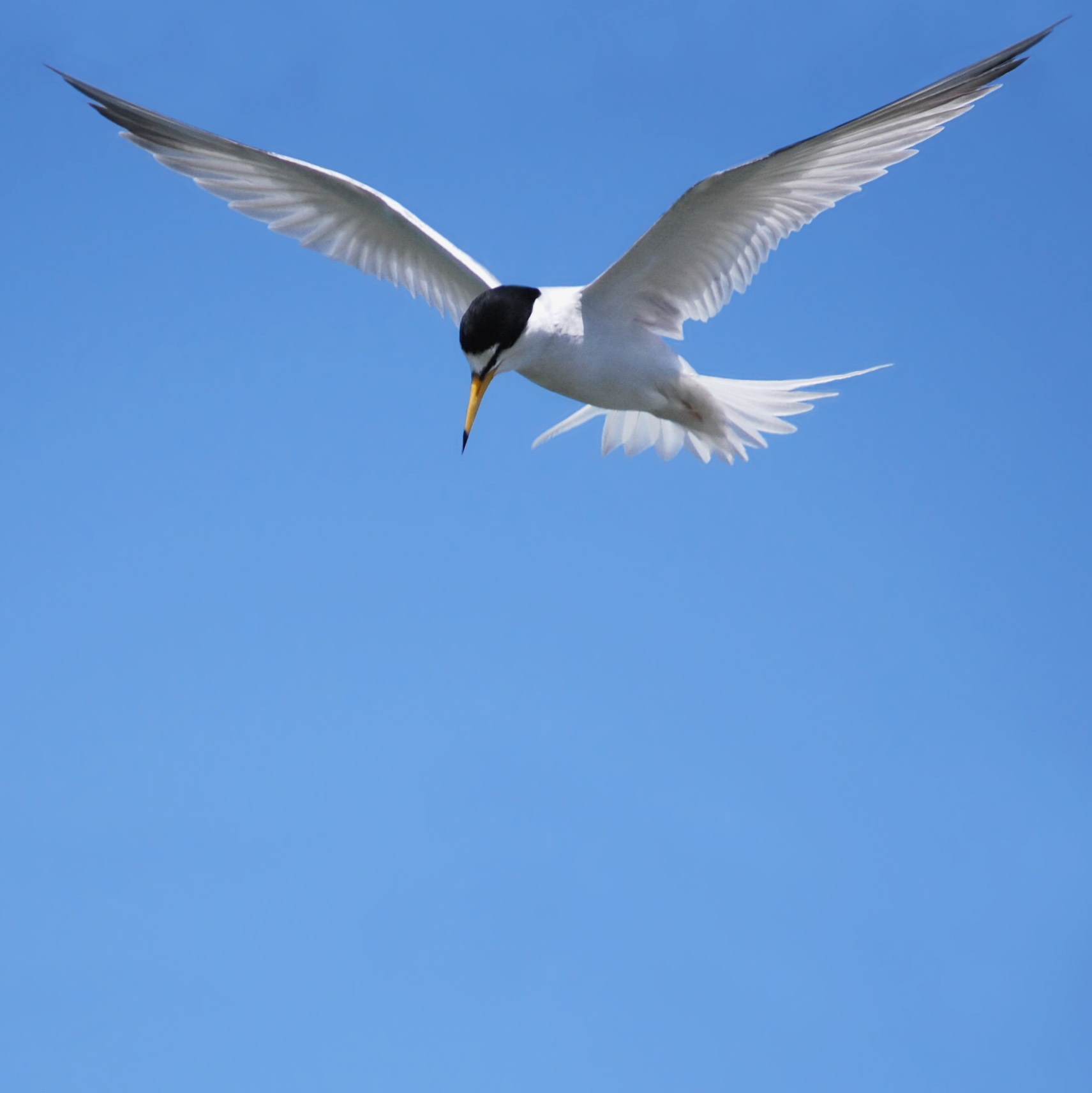California least tern (Sternula antillarum browni) is the smallest of the North American terns and is found along the Pacific Coast of California, from San Francisco southward to Baja California, Mexico. California least terns nest in colonies on relatively open beaches kept free of vegetation by natural scouring from tidal action. The typical colony size is 25 pair, and most least terns begin breeding in there third year. The nest is a simple scrape in the sand or shell fragments. A typical clutch is 2 eggs and both adults incubate and care for the young. They can re-nest up to two times if eggs or chicks are lost early in the breeding season. The species is gregarious, and nest, roost, forage, and migrate in colonies. Fall migration occurs last week of July and first week of August. Several weeks before migration, adults and young wander along marine coastlines, congregating at prime fishing sites. Reference
Federal Status
ENDANGERED
- Recovery Plan – 1980
- 5-Year Review – 2006
- No Critical Habitat Designated
California Status
ENDANGERED and FULLY PROTECTED
Survey Protocol
Home Range
Map Data Source: California Wildlife Habitat Relationship (CWHR)
Photo credits: header (cropped) – Jack Wolff on Flickr, featured image – USFWS on Flickr
